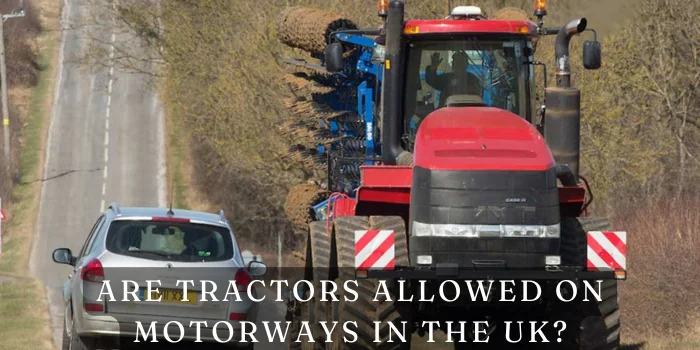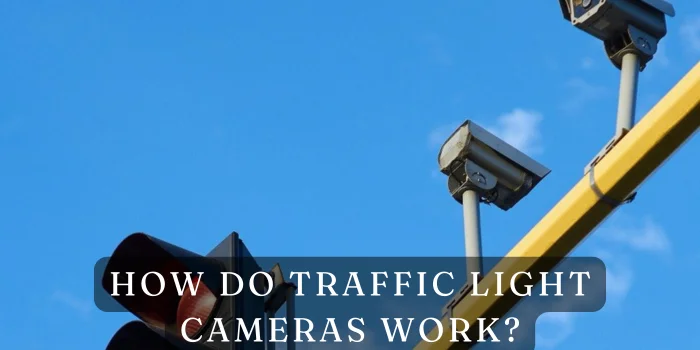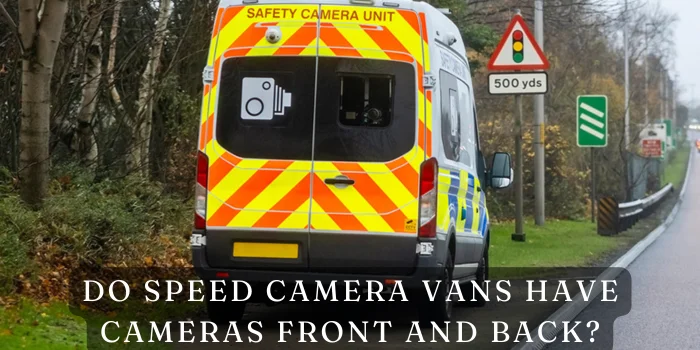Traffic Cameras in Rural UK: Are They Effective?
Picture this: you’re cruising through the Yorkshire Dales, windows down, radio humming, and the smell of fresh hay in the air. Suddenly, a flash in your rearview mirror—a traffic camera—snaps a photo of your car. Wait, here? In the middle of nowhere? Over the past decade, these unblinking sentinels have quietly invaded the UK’s countryside, sparking debates as winding as the roads they guard. Are they lifelines reducing carnage on remote routes, or just cash cows disguised as safety tools? Buckle up—we’re diving into the nitty-gritty of rural traffic cameras, one country mile at a time.
The Rising Presence of Traffic Cameras in the Countryside
Why Rural Roads Are a Focus for Safety Measures
Rural roads are the UK’s silent killers. Though they make up 68% of the road network, they account for 80% of all road fatalities. Why? Narrow lanes, blind bends, and a false sense of security tempt drivers to speed. Add roaming livestock, unpredictable weather, and zero streetlights, and you’ve got a perfect storm. Councils are now prioritizing cameras in areas where policing is impractical. As a Highways England spokesperson noted: “You can’t station a copper behind every hedgerow, but a camera? That’s doable.”
Types of Traffic Cameras Dominating Rural Roads
- Fixed Gatso Cameras: Classic yellow boxes positioned after accident-prone spots like village entrances.
- ANPR Average Speed Zones: Stretching up to 20 miles, these track your speed between two points—no sprinting allowed.
- Mobile Units: Unmarked vans that pop up like mushrooms after rain, often near schools or farm crossings.
These aren’t just for speeders. They also nab uninsured drivers and reckless overtakers, like the BMW that tried to pass a tractor on a blind curve in Derbyshire—spoiler: it didn’t end well.
A Brief History: From Urban to Rural Adoption
Traffic cameras debuted in urban UK in the 1990s to curb congestion. Rural areas were ignored until the mid-2000s, when data revealed shocking fatality rates. The first rural camera, installed in Cornwall in 2006, cut collisions by 18% in a year, proving the countryside wasn’t immune to tech solutions.
Proven Benefits: How Cameras Are Changing Rural Roads
Decline in Fatalities: Statistics and Stories
In Norfolk, fixed cameras on the A47 slashed fatal crashes by 40% between 2018–2021. Similarly, Cumbria’s ANPR system on the A66 saw speeding drop by 52%. For families like the Wilsons in Lancashire, this isn’t just data—it’s personal. Their son’s bike route was a notorious accident zone until cameras arrived. “Drivers finally treat these roads with respect,” Mrs. Wilson shared.
Financial Savings for Councils and Taxpayers
Installing a camera costs £50,000–£100,000, but the ROI is staggering. Lincolnshire reinvested £2.3 million from fines into road repairs and school patrols. Meanwhile, NHS savings from fewer accident-related emergencies hit £9 million annually. As one councilor quipped: “It’s like a gym membership—painful upfront, but worth it long-term.”
Boosting Local Economies Through Safer Roads
Safer roads attract tourists and businesses. After cameras were installed near the Lake District, B&Bs reported a 15% uptick in bookings. “Families feel safer driving here now,” said a café owner in Windermere. Even farmers benefit—fewer collisions mean fewer cows meeting untimely ends.
The Hidden Struggles of Rural Traffic Cameras
Weather Woes: How Nature Sabotages Surveillance
Rural cameras battle the elements daily. In Scotland’s Highlands, snowdrifts buried a camera for six months, while Devon’s units often fog up in morning mists. “Maintaining these is like gardening in a hurricane,” grumbled a Technician.
Technical Hurdles: Connectivity and Maintenance
Many rural areas lack reliable internet, forcing councils to use offline cameras that store data locally. Retrieving footage? “Like sending a carrier pigeon,” joked a Welsh council worker. Plus, spare parts for older models are rarer than a sunny day in November.
Public Backlash: “Big Brother in the Backroads?”
A 2023 YouGov poll found 54% of rural residents felt cameras invaded privacy. Farmers, in particular, rage over fines for “speeding” on their own land-access tracks. “I’ve driven this lane for 40 years—now I need a camera’s permission?” fumed a Cornwall dairy farmer.
Voices from the Countryside: What Locals Really Think
Supporters Speak: “They’ve Made Our Roads Safer”
In Shropshire’s Clun Valley, cameras near schools have been hailed as heroes. “Parents used to dread the school run—now it’s stress-free,” said a teacher. Even delivery drivers approve: “Fewer idiots tailgating my van,” laughed one Amazon contractor.
Critics Argue: “Cameras Don’t Fix Bad Driving”
Opponents claim cameras are Band-Aids. “You can’t ticket your way to better driving,” argued motoring blogger Jess Harper. “We need wider roads, better signage, and education—not just fines.”
The Middle Ground: Proposing Balanced Solutions
Some villages suggest compromise. In Herefordshire, locals proposed “smart signboards” that display a driver’s speed with a smiley/frowny face. “It’s cheeky, but it works!” said a parish council member.
Case Studies: Where Cameras Worked (and Where They Didn’t)
Success Story: Norfolk’s A47 Speed Reduction
Norfolk’s 20-mile ANPR zone reduced average speeds from 67mph to 53mph. Collisions fell by 38%, and the council credits community workshops for boosting acceptance. “We explained the ‘why,’ not just the ‘how,’” said a project lead.
The Flop: Somerset’s Forgotten Camera Experiment
Somerset’s 2021 A39 camera rollout flopped due to poor communication and maintenance. “They put up cameras, then ghosted us,” said a local mechanic. Speeding dropped briefly, then rebounded when drivers realized the cameras rarely worked.
International Insights: Lessons from Abroad
Sweden’s rural “safe zones” combine cameras with animal detection systems—a hit. Meanwhile, Australia’s outback “dummy cameras” (just signs!) cut speeding by 22%. “Sometimes perception is enough,” noted a transport researcher.
Rural vs. Urban: A Tale of Two Systems
Funding Disparities and Infrastructure Gaps
Urban areas get 3x more road safety funding per mile than rural regions. Result? Councils like Cumbria rely on grants to fix cameras, while London upgrades to AI models. “It’s David vs. Goliath, but with potholes,” sighed a councilor.
Accident Data: Which Areas Benefit Most?
Post-installation, urban accidents drop faster (20% vs. rural 12%), but rural gains last longer. Why? Cities have dense traffic that adapts quickly; rural changes are cultural shifts. Think of it as crash diet vs. lifestyle change.
Legal Nuances: How Laws Adapt to Rural Needs
Rural councils can set lower speed limits (e.g., 40mph on single lanes) and use cameras to enforce them. But legal challenges abound. A 2022 case in Derbyshire saw a farmer successfully argue a camera was improperly calibrated—“a wake-up call for transparency,” said his lawyer.
Innovations Shaping the Future of Rural Traffic Control
Smart Cameras with AI and Predictive Analytics
New AI cameras in Kent predict accidents by analyzing driver behavior (e.g., sudden swerves). They alert authorities in real-time—like a “weather forecast for crashes.”
Solar-Powered Solutions for Remote Areas
Cornwall now uses solar-powered cameras, cutting energy costs by 60%. “They’re eco-friendly and reliable—even in drizzle,” boasted a council engineer.
Community-Driven Solutions: Involving Villages
Dorset’s “Adopt-a-Camera” program lets locals report issues via an app. “It’s like Pokémon Go, but for road safety,” joked a participant. Meanwhile, Northumberland holds town halls to vote on camera placements.
Conclusion
Traffic cameras in rural UK aren’t a silver bullet, but they’re a crucial piece of the puzzle. For every critic moaning about “nanny state overreach,” there’s a parent grateful their child’s walk to school is safer. The future lies in blending tech with trust—smarter cameras, clearer communication, and communities feeling heard. After all, the countryside shouldn’t have to choose between its charm and its safety. With the right balance, those unblinking sentinels might just become as beloved as the red phone box… well, almost.
FAQs
1. Can rural traffic cameras withstand extreme weather?
Most have weatherproof housing, but blizzards or floods can disrupt them. Councils prioritize regular checks—though remote areas might wait weeks for repairs.
2. Do tourists get fined more than locals?
Often, yes. Locals know camera locations; tourists relying on satnavs frequently miss warnings. Some councils offer first-time tourist waivers with proof of address.
3. How do cameras handle animals on rural roads?
They don’t—yet. Future AI systems may detect deer or sheep and trigger warnings, but current cameras focus solely on vehicles.
4. Are there privacy laws limiting camera use in rural areas?
Yes. Cameras must comply with GDPR, and data can’t be stored longer than necessary. Footage is typically deleted after 30 days unless needed for prosecution.
5. Could drones replace fixed cameras in the future?
Possibly! Trials in Scotland use drones to monitor remote roads. They’re cheaper and flexible but face regulatory hurdles (and angry geese).




